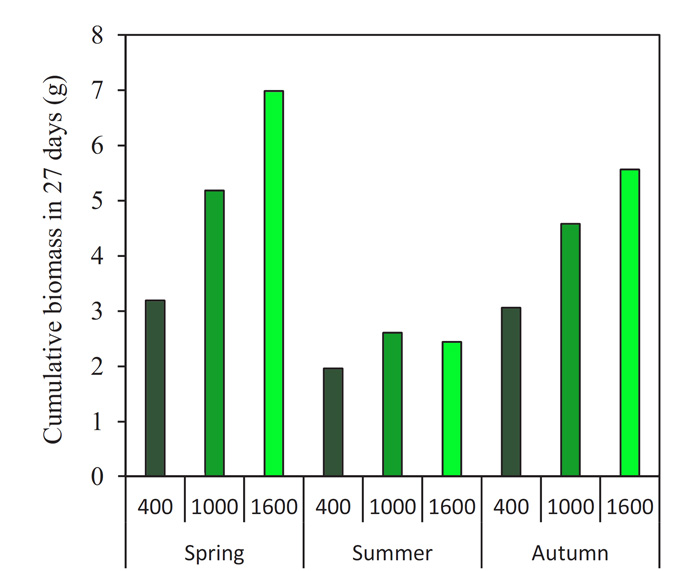| Tweet | Follow @co2science |
Paper Reviewed
Van Kempen, M.M.L., Smolders, A.J.P., Bögemann, G.M., Lamers, L.P.M. and Roelofs, J.G.M. 2016. Interacting effects of atmospheric CO2 enrichment and solar radiation on growth of the aquatic fern Azolla filiculoides. Freshwater Biology 61: 596-606.
Writing as background for their work, van Kempen et al. (2016) note that Azollaceae are among the fastest growing plants in the world and that such free-floating freshwater ferns are utilized and valued "as a green fertilizer in paddy fields," as "a phytoremediation tool for contaminated surface waters and wastewaters, and for the production of biogas and animal food," citing Wagner (1997) and van Hove and Lejeune (2002). Given such application/uses the five Dutch researchers set out to learn how the growth of this species might be affected by rising concentrations of atmospheric CO2 expected to be reached over the course of this century. This was accomplished by growing specimens of Azolla filiculoides -- the northernmost occurring Azolla species -- in controlled environment aquaria over a period of three weeks in the spring, summer and autumn seasons at atmospheric CO2 concentrations of either 400, 1000 or 1600 ppm.
In discussing their findings, van Kempen et al. report that A. filiculoides growth was seasonally dependent, being highest in the spring and lowest in the summer. However, they state that, "in line with our hypothesis, the results show that its growth strongly increased with increasing atmospheric CO2 concentrations" (see figure below) such that "a fourfold increase in atmospheric CO2 led to a twofold stimulation of growth." And in light of such growth enhancements, van Kempen et al. suggest Azolla may gain "a competitive advantage over free-living cyanobacteria, which otherwise could become dominant earlier in the year as a result of climate change (Winder and Schindler, 2004)."

Figure 1. Cumulative biomass of A. filiculoides grown at 400, 1000 and 1600 ppm atmospheric CO2 for 27 days during different seasons. Adapted from van Kempen et al. (2016).
References
van Hove, C. and Lejeune, A. 2002. Applied aspects of Azolla-Anabaena symbiosis. In: Cyanobacteria in Symbiosis (Eds N. Rai, B. Bergman & U. Rasmussen), pp. 179-193. Kluwer Academic Press, Deventer.
Wagner, G.M. 1997. Azolla: A review of its biology and utilization. Botanical Review 63: 1-26.
Winder, M. and Schindler, D.E. 2004. Climatic effects on the phenology of lake processes. Global Change Biology 10: 1844-1856.
Posted 29 August 2016



